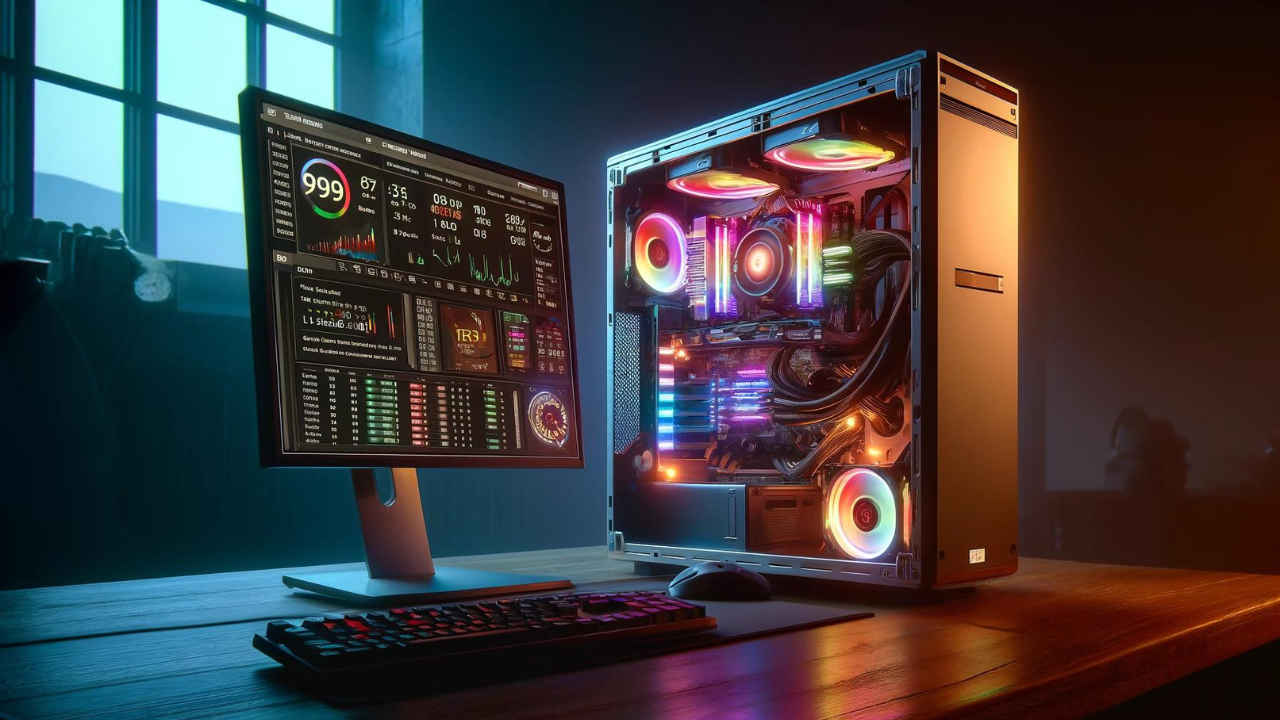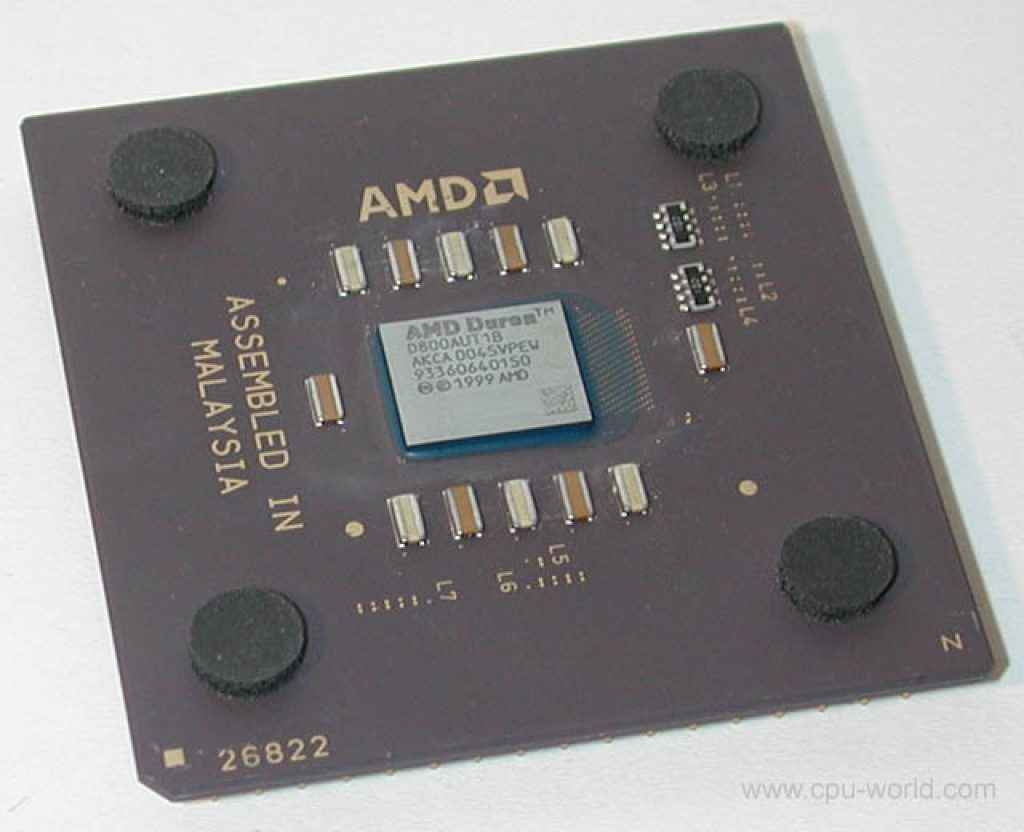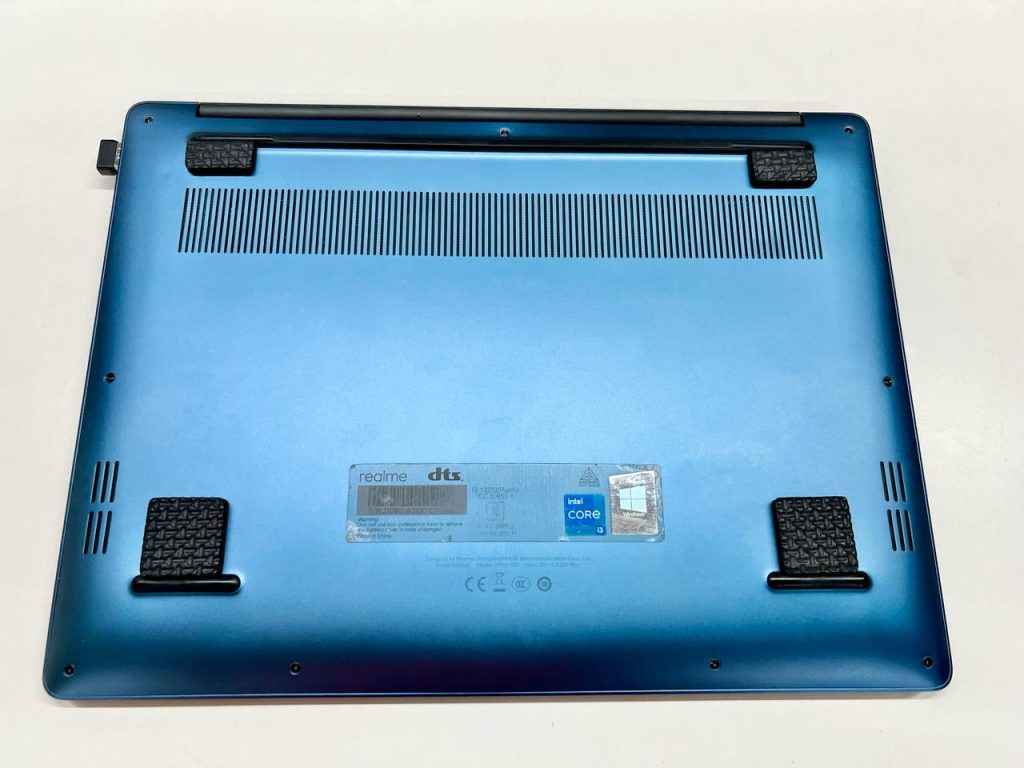My Hacktivist Journey: The Joyful Pursuit of Performance Optimization

I must confess, I am a sucker for performance hacking. Whether it’s phones, laptops, cars, air conditioners, televisions, home theatre systems, washing machines, or any machine with a performance aspect, I am perpetually on a quest to extract that last drop of performance.
 Survey
SurveyMy reasons are twofold. Firstly, I am convinced that factory or default settings are merely “safe” settings that often fail to fully exploit a machine’s capabilities. There is always room for improvement without any significant modification. Secondly, who can resist the allure of an extra bit of performance for free? It provides that additional bang for your buck, and I absolutely relish it!
Also read: Dell India’s sustainable tech journey with Indrajit Belgundi, from new laptops to old ones
Questions such as “Can I tweak the engine performance for better acceleration and faster shifts?” or “Can I make the computer run faster and perform at a level or two higher than its designated grade?” constantly occupy my mind. I dedicate a few hours every weekend to discovering my next performance hack.
However, I can’t help but ponder, is the breed of performance hackers and tweakers rapidly becoming extinct? Are we transitioning into an era of plug and play, where if something doesn’t work well enough, just chuck it out and upgrade to a new one? I hope not, but I don’t come across many, and that makes me pen my thoughts and revisit the good old days when maxing out performance was the manna for many!

It all started way back in 1998 when my Pentium II MMX with a whole 233MHz clock speed was not the smoothest at Quake II, and I started reading up on forums on how to get it to perform at its peak. What followed was a lot of tweaking at the OS level (Win 95 was so “hackable”), tinkering with possible overclocking options, and applying the right BIOS settings, just to get the frame counter to go up by a few frames. Fast forward to 2001, and I upgraded to the AMD Duron 800 coupled with an Nvidia N-Force 220D motherboard with a GeForce 2MX IGP. It was a big jump! I was gaming in full swing, albeit not at the highest settings. And I took no time in whipping out the AMD Duron 800 processor and got going (with a heavy heart) on the pencil hack to connect the L1 bridges, and unlock the multiplier to get that additional 150 to 200 MHz of performance for free!!! Fast forward to 2024, and I find myself tweaking my TV color profile settings to get the best possible Dolby Vision performance along with some subtle modifications to the bass vent on my bookshelf speakers to make them push more air in a controlled manner to add that low-end thump (without the boominess).
Also read: The traditional PC will transform into an AI PC, says Lenovo’s Jun Ouyang
Besides hacks, the right settings make a big difference to how machines perform. For instance, I prefer my AC air blower settings to be kept at the lowest speeds, as the more time the air spends inside the cooled copper tubes, the cooler the air. My recent “safe” hack for my car was replacing the factory-supplied air filter with another brand. I tried three separate brands (air filters are cheap!), trying to find an air filter that does the same level of air filtration (if not better), but allows more air into the engine for better combustion. And it worked, the engine is more responsive and slightly more rev-happy, the shifts are quicker and I have a slightly faster car that can close those gaps quicker! The next mod is the ECU re-map but that’s going to happen post-warranty expiration.

My primary laptop is a 3-year-old and it still boots as fast as the latest laptops, it runs cooler than all of them and I have more than 300 tabs open on Microsoft Edge (can’t dare the same with Chrome, because…Chrome). And I can’t remember the last time it froze on me. I even tried pushing it by launching a few rounds of CS2 (I like it), and it still managed 40+ FPS. Not bad for an 11th-generation Intel Core i3 laptop with 8GB RAM.
Besides keeping the start-up to a stark minimum, I’ve added custom feet to the laptop, that prop it up higher, allowing for better cooling and more breathing space for the fans while keeping those throttling issues at bay. The fact that this 3-year-old thin and light laptop can still do some heavy lifting with the help of a few performance-augmenting hacks just makes me want to stick to it.
That was a sneak peek at my performance hacking diary. Do you have one? I’d love to exchange notes and learn from fellow performance hackers. After all, the journey of pushing the machines to their limits is more rewarding than the outcome. Write to me at Soham@digit.in, I’d love to hear from you!
This column was originally published in the April 2024 issue of Digit magazine. Subscribe now.
Soham Raninga
Soham Raninga is the Chief Editor for Digit.in. A proponent of performance > features. Soham's tryst with tech started way back in Dec 1997, when he almost destroyed his computer, trying to make the Quake II demo run at >30FPS View Full Profile